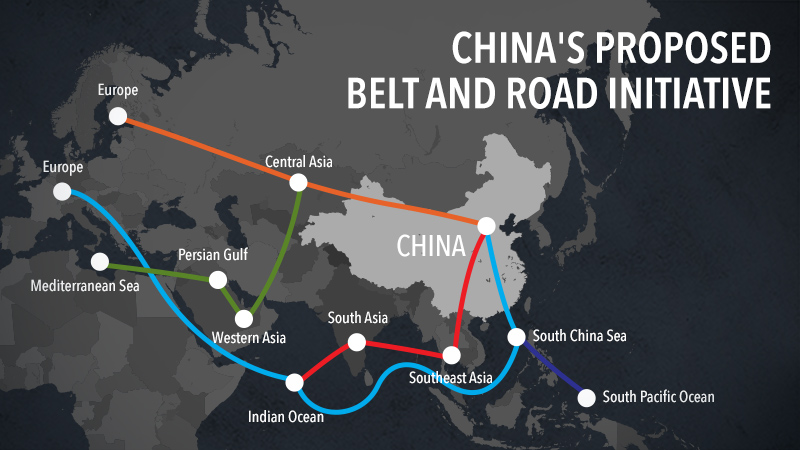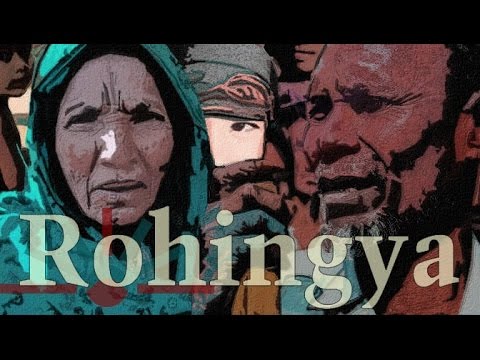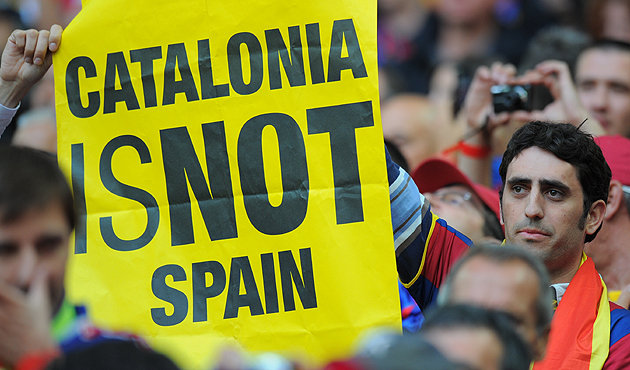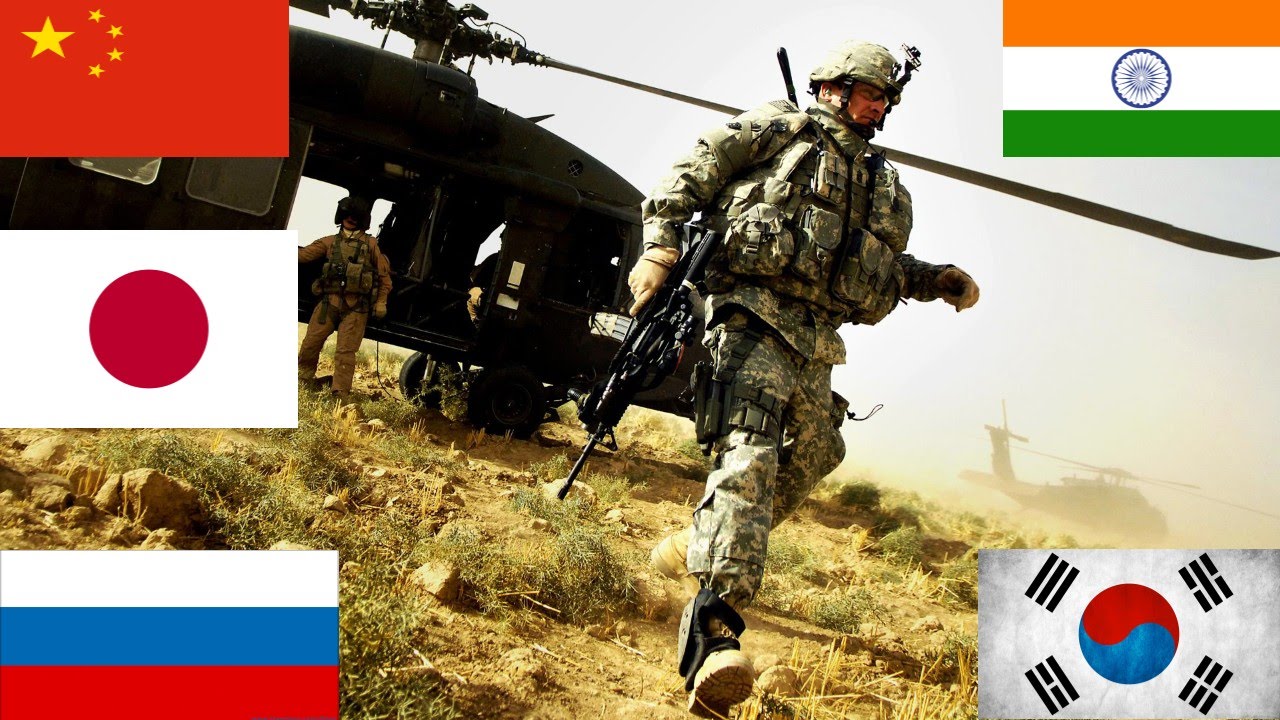Summary
On Nov. 8, Myanmar will hold its first nationwide general election since the country began transitioning from military to quasi-civilian rule in 2011. The scale of the vote is vast, with 91 parties competing for 498 parliamentary seats representing constituencies throughout the fractured, largely rural country, in addition to state-level positions. The new parliament will choose the next president in early 2016. International attention has focused primarily on the contest between the establishment Union Solidarity and Development Party (USDP), founded by the former military junta, and the National League for Democracy (NLD), led by democracy icon Aung San Suu Kyi.
The military has used the USDP to continue its dominance over the government since 2011. President Thein Sein, himself a former general, has overseen the opening of the country to a flood of foreign investment and has shepherded negotiations that culminated in a landmark cease-fire with eight major ethnic militant groups. The military-led move away from international isolation has been deliberately slow — a strategy rooted in concern that liberalization could unleash destabilizing forces that military rule had long helped contain. And the military elite has carefully managed the transition to democracy to ensure that their influence and interests would survive the whims of democracy.
Nonetheless, anecdotal evidence suggests that the National League for Democracy may be poised to carve into the military’s control over the government. The NLD could capitalize on frustration with the incremental pace of reform, the uneven distribution of the country’s nascent economic boom and lingering distrust of the military. These factors, along with the proliferation of ethnic minority parties and grassroots political forces, herald an increasingly incoherent political environment in Myanmar that will challenge even the military’s best-laid plans.
Analysis
In many ways, Myanmar’s military establishment has been preparing for this election for more than a quarter century. The National League for Democracy emerged as a unified and potent political force in 1988 amid a nationwide wave of anti-government protests. The military junta called elections two years later. Under the leadership of Aung San Suu Kyi, the daughter of Myanmar’s revolutionary hero and founding father, the NLD shocked the junta by winning nearly 80 percent of the seats, compelling the ruling generals to annul the results and establish a new military government.

For much of the next two decades, the NLD was banned and hundreds of its members imprisoned, while Suu Kyi’s international stature grew from house arrest. The NLD boycotted the 2010 elections, which signaled the formal start of the generals’ transition. But the party fielded candidates in 2012 by-elections, giving the military’s liberalization drive much-needed legitimacy in the West and leading to a gradual easing of sanctions. The NLD won 43 of the 44 seats it contested in the upper and lower houses, including one by Suu Kyi, while the USDP lost ground. Perhaps because of this result, the government canceled a second set of by-elections planned for 2014.
The military’s historical pattern of retrenchment following opposition electoral successes naturally raises questions about what would happen if the NLD triumphed again. But from the military’s point of view, the slow transition to a participatory system, as laid out in the 2003 “Roadmap to Discipline-Flourishing Democracy,” has unfolded largely as planned.
The Military’s Worldview
The roadmap set in motion a gradual shift that would help to maintain a high degree of military influence in the new political order, allowing broader public engagement without undermining, in the military’s view, the foundations of the country’s stability and power. In this, Myanmar has mirroredIndonesia’s 1998 transition from over 30 years of New Order rule.
The military’s cautious embrace of democracy is, in part, a response to the inherent geopolitical challenge of governing Myanmar, a country whose fractious geography and pockets of resource-rich territory have continually nurtured powerful ethnic militant groups. The key divide is between the lowland valleys of the Irrawaddy River dominated by the majority ethnic Bamar and the highland areas home to numerous ethnic minority groups. Indeed, since taking power in 1962, the military has felt it imperative to push ethnic armed groups out of the core and into the resource-rich border areas and to hinder political forces that may weaken its ability to do so.
But the military’s heavy-handed pacification strategies alienated it from the international community. And continued isolation left it poor, weak and heavily — over time, almost-exclusively — reliant on Chinese investment to fuel even its relatively anemic economic growth through the 1990s and 2000s. For Myanmar, this was geopolitically untenable, particularly as China emerged from its own spell of isolation to an era of breakneck growth and newfound ability to project power across its borders. Thus, the military establishment increasingly recognized the benefits of an opening to the West that would usher in investment and give the country strategic balance.
Still, the military could not ignore the potential for disorder and fragmentation that might flow from liberalization. So today, in practice, the roadmap means constitutional guarantees to give the elite a degree of buffer from the political forces that they see as a threat to an orderly transition shepherded by the military.
Discipline-Flourishing Democracy in a Divided State
The NLD is widely tipped to win a substantial number of seats, though there are no polls with which to evaluate this claim. The bar for USDP, however, is relatively low. The military — and the establishment — already has substantial protection and extensive powers under the constitution. Amendment would require a vote of more than 75 percent of the legislature, followed by a nationwide referendum. Because the constitution reserves 25 percent of seats in both the upper and the lower houses of parliament for military officers directly appointed by the armed services, any change would require broad military support. The military has also stuffed the bureaucratic ranks with its retirees. Meanwhile, military figures seized control of an array of lucrative enterprises privatized during the opening.
As a result, the Myanmar military, its retirees in parliament and the bureaucracy, and its business allies control many of the country’s levers of power and remain far and away the most coherent force in the country — however popular the NLD may prove to be. Whatever its success at the polls, the NLD will still have to bargain for clout — even if it overcomes the military’s constitutional advantages and wins enough seats to control the speakerships and, possibly, appoint the next president in early 2016 — and the military establishment will still be able to largely set the pace of reform.
The NLD’s ability to push forward even run-of-the-mill legislation will likely be complicated. Although Aung San Suu Kyi has been acclaimed as a democracy icon internationally, in many parts of Myanmar she is still seen as a representative of the interests of her majority Burman ethnic group. This is important. The Nov. 8 election will have two essentially separate theaters: the core areas and the ethnic periphery.
The southern-central Burman-dominated part of the country will fill 291 seats (41 percent of parliament), while the ethnic areas will fill 207 seats (31 percent). The USDP and the NLD are among the few parties running nationwide, but nearly two-thirds of registered parties are ethnically based — up from 40 percent in 2010. Many of the ethnic regions are split among numerous parties representing the overlapping constituencies. Minority voters will be choosing between parties led by their ethnic brethren; the NLD, which represents a vote against the oft-despised military but is not as uniformly popular among minorities as mainstream narratives suggest; and the USDP, which has channeled development funds and infrastructure to these areas and whose support from Buddhist nationalists extends beyond the Burman core. The ethnic parties thus have a strong chance of gaining a sizable number of seats and greatly complicating the picture in parliament, which for the past three years has been divided essentially between the NLD and USDP.
Though most ethnic groups are fragmented into a number of competing parties, one ethnicity has managed to unify its factions: the Rakhine. The Rakhine comprise 3.5 percent of Myanmar’s population but control a western state that fronts the Bay of Bengal. Rakhine state is also the origin point of an oil and natural gas pipeline to China and home to the lucrative Shwe natural gas fields, a key driver of GDP. The Rakhine parties have merged into the Arakan National Party, which has a strong chance of winning many of the 78 seats it is contesting. The party’s leadership has already said its ambition is to lead the state-level parliament and gain presidential appointment to the chief minister post, suggesting it would make a deal to do so.

The Rakhine are also notable because their state is the flashpoint of a nationwide movement toward Buddhist nationalism, which has manifested itself most concretely in communal violence against Muslim minority ethnic Rohingya. Unlike the small ethnic parties, this movement has the potential to transcend ethnic boundaries: Between 80 and 89 percent of the country practices Buddhism, including the majorities of the ethnic Burman, Shan, Rakhine, Mon and Karen. So far, the organization forwarding this movement has been the Race and Religion Protection Association, which is pro-Buddhist and anti-Muslim (and foreigner). A pro-Buddhist party also seen as aligned with the military, the National Development Party, was founded in July 2015 and is contesting a stunning 365 seats. The USDP has backed anti-Muslim bills in parliament as well. If the Arakan National Party, National Development Party and USDP can strike bargains over these issues, a Buddhist nationalist bloc has the chance of emerging in parliament, much like Sri Lanka. As a result of this rising sentiment, the NLD has found it difficult, for example, to defend the ethnic Rohingya and has been criticized when its leaders speak up.
New Democracy, New Uncertainties
As a result, Myanmar will emerge from the Nov. 8 polls with a more pluralistic, complex and racially charged political environment at a time when rapid growth and change heightens the stakes.
If the USDP does sufficiently well, it will certainly have to contend with a more robust NLD presence and the unpredictability of swing-voting ethnic parties. If the NLD sweeps the polls, to govern from a position of strength that does not threaten the military’s core interests beyond what it can tolerate, the party will still need to negotiate some sort of status quo with the ethnic parties and the USDP, not to mention the broader military establishment. A constitutional clause bars Suu Kyi from running for the presidency, but if an NLD win puts it in position to appoint the next president in January, there is an outside chance that it could expose unforeseen fractures in the military, further clouding the picture — particularly if it tries to peel off moderate military officers by appointing a former general like recently ousted USDP chief Shwe Mann.
Either party would face immediate and seemingly intractable problems, such as implementing the Nationwide Cease-fire Agreement and finding a way to pacify the powerful ethnic militias that have held out from negotiations. An unstable parliament that reflects a broader power struggle and changing of the guard would be less than conducive for addressing these and challenges to come. The military elite may have been planning for this election for 27 years, and in doing so their interests and perks of power have likely been largely secured. They can also look at neighbors such as Thailand to see how militaries can ease overt control but remain their country’s ultimate arbiters of power. But if the roadmap to democracy ends at elections, the next stretch is likely to be anything but orderly.
An increasingly complex political environment could present certain opportunities for countries such as China, which has held talks not only with USDP and NLD but also with the Arakan National Party. Beijing might manage to regain some of the influence it lost in the 2011 transition if it can play these parties off one another. The West, if Suu Kyi’s NLD is in power, will also find it easier to engage with Myanmar, perhaps increasing ties and investment.







